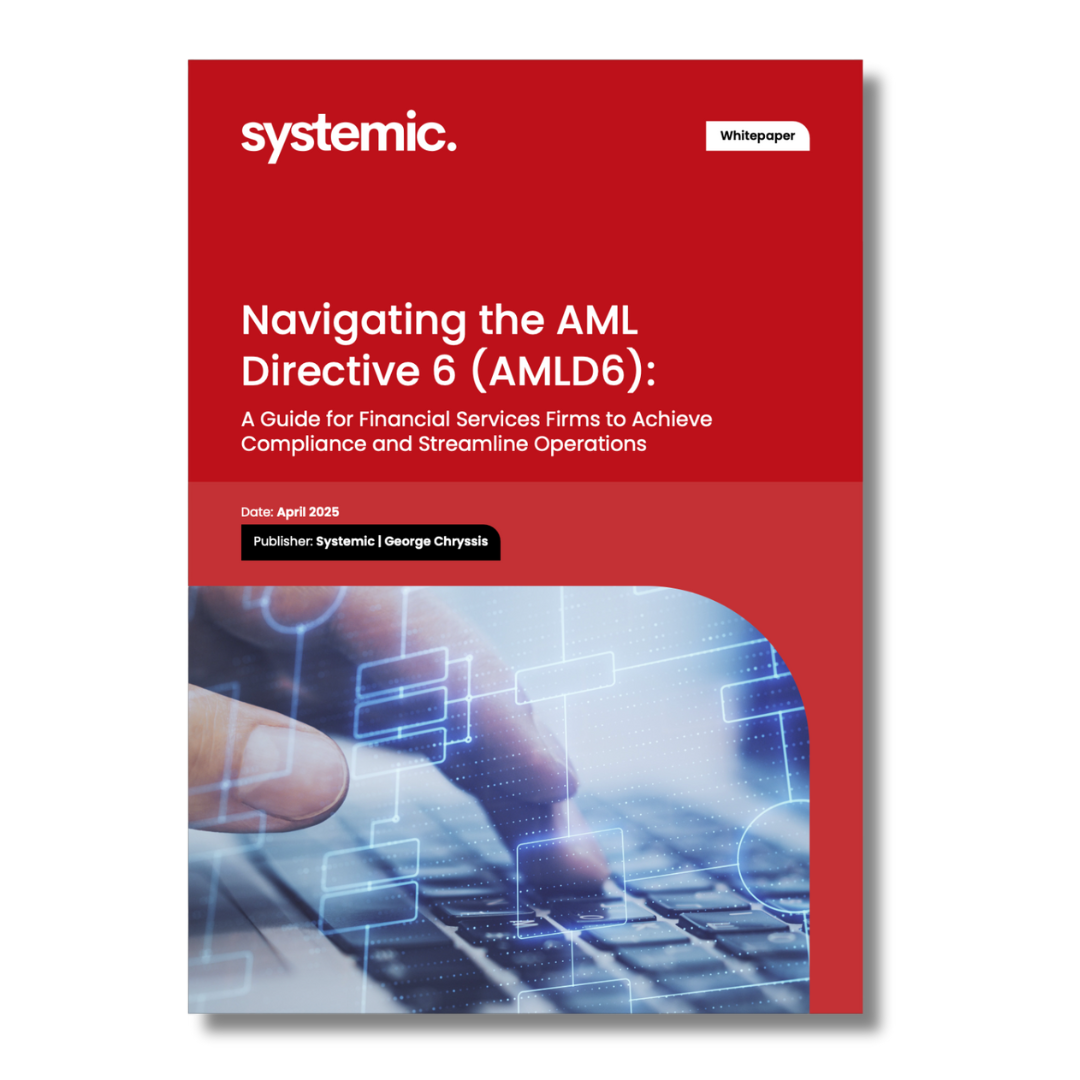Investor demands, tighter regulations, and rapid advances in technology are driving change within both large and small administrators. Many have grouped their necessary changes into three categories: capturing semi-liquid opportunities, balancing control with efficiency, and embracing smarter, AI-driven operations.
In this article, we explore how to enable administrators to navigate today’s challenges while positioning themselves for tomorrow’s opportunities.
“Getting this right creates a strong pathway for growth.”
Semi-Liquid Opportunities: Extending Administrator offerings for growth
Semi-liquid funds are emerging as the bridge between traditional mutual funds and illiquid alternatives. Investors are seeking yield diversification, inflation-hedging assets and exposure to private credit and real estate. Regulations are in place but challenges around valuation and more specifically tokenization remain.
Administrators must:
- Build flexible operational and reporting to support periodic redemption cycles.
- Implement valuation methodologies that capture illiquid and thinly traded assets at fair value while maintaining transparency for investors and regulators.
- Enhance reporting infrastructures to meet regulatory demands such as the ELTIF 2.0 regime in Europe.
By expanding their service models to support semi-liquid funds, administrators can capture growth from one of the fastest-expanding product categories, providing asset managers with the tools to launch innovative strategies while ensuring investor confidence.
Efficiency: How to ensure that you are compliant, and error resistant
As fund structures grow more complex, the tension between operational control and business efficiency intensifies. Errors in NAV reporting, reconciliation, or investor registry management not only create financial risk but also regulatory exposure and reputational damage. On the other hand, overly rigid control systems can slow down processing and burden clients with delays.
The future lies in striking a precise balance:
- Deploying automated workflows that reduce human processing errors while freeing up skilled staff for higher-value functions.
- Strengthening regulatory compliance by embedding rule-based checks that ensure adherence across jurisdictions.
- Designing resilient business continuity models to handle rising cybersecurity threats and operational pressures.
Administrators who succeed in embedding compliance and accuracy into streamlined daily processes will unlock a competitive edge, presenting themselves as both secure custodians of investor trust and agile partners for asset managers.
How AI Applications will and are transforming the sector
Gen-AI is scratching the surface to address document intensive processes. Agentic AI will realistically enable and replace complete functions.
We are seeing growth in 5 specific applications.
- Embedding assistants and chatbots that guides users through processes, answers “how-to” queries, and assists in resolving support issues
- Give clear explanations of complex calculations, enabling users to understand how figures and analytics are driven from underlying data and algorithms
- Automate suggestions or alerts that highlight common issues such as missing data, failed reconciliations, or unexpected results
- Fraud Detection & Compliance Monitoring
- Document Processing (Subscriptions, Redemptions, Investor Communications)
Conclusion
Capturing semi-liquid opportunities offers new avenues for growth, while balancing control with efficiency ensures stability and compliance in increasingly complex structures. At the same time, AI-driven innovation is transforming operations into safer, more intuitive, and value-creating experiences.
With the RiskValue™ platform, we are committed to turning these three pillars into practical capabilities for administrators and asset managers—empowering them to deliver transparency, efficiency, and confidence in a demanding financial landscape. By combining innovation with reliability, fund administrators can not only meet today’s challenges but also position themselves as leaders in the next generation of investment services.





